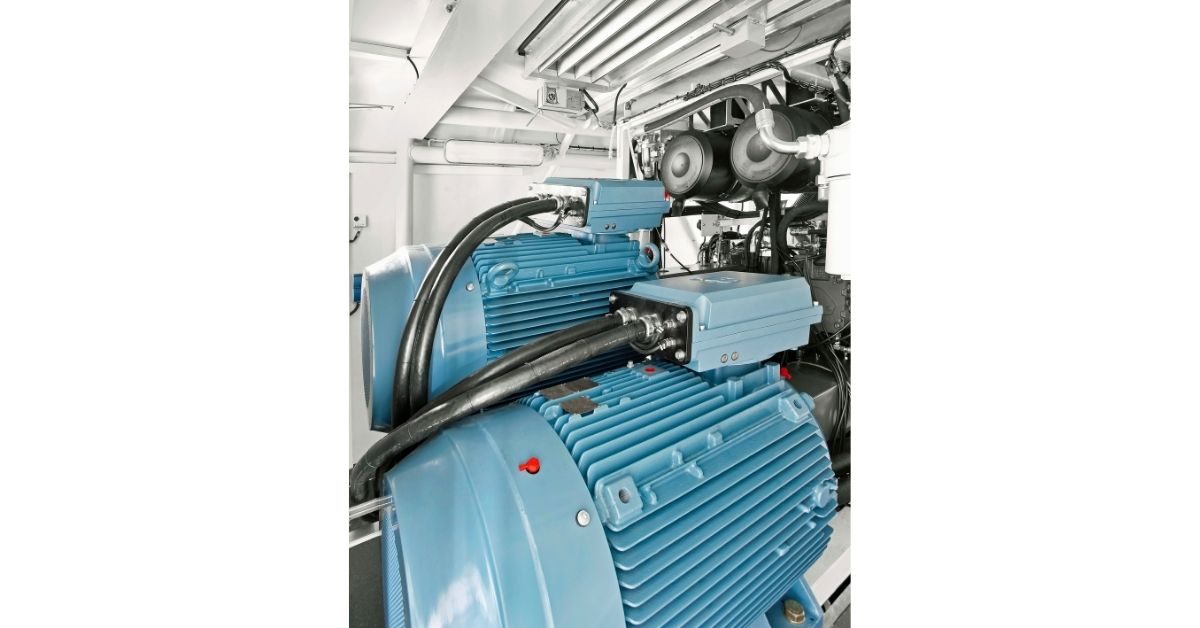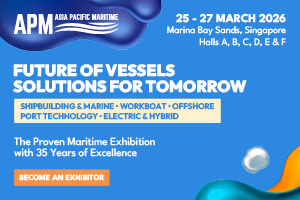- Hybrid drive concept consisting of diesel engine and electric motor in use for more than 20 years in Liebherr mobile harbour cranes
- Demand for LHM with zero-emission e-drive has doubled compared to 2019
- E-driven equipment produces no exhaust emissions, has fewer efforts for maintenance and saves costs for spare parts as well as oil and lubricants
In the 2021 sales year, demand for Liebherr mobile harbour cranes with an e-drive has risen sharply. Compared to 2019, the number of units equipped with an electric motor has even doubled. Liebherr has been successfully using a hybrid drive concept consisting of a diesel engine and an electric drive for the mobile harbour cranes product segment for over 20 years. In addition to emission-free handling, the benefits of e-drive include cost savings and less maintenance.
Electrification is entering a new market phase. A significant shift in focus for electrified cranes can be observed. Liebherr has been offering a hybrid drive concept consisting of a diesel engine and an electric motor for its maritime mobile harbour cranes for over 20 years. The diesel engine is used exclusively for moving the crane along the quayside. As soon as the crane has reached
the desired position, the machine is connected to the local power grid by cable. The actual handling of goods is thus possible without emissions.
If required, during operation with an electric drive, the energy recovered from the lowering can be fed into the local power grid. In this way, the operational cost of electrically driven cargo handling can be reduced even further.
Hydrostatic drive concept
All Liebherr mobile harbour cranes are equipped with the hydrostatic drive concept widely used in the Liebherr Group. The principle is based on a main drive that supplies power to pumps and a hydraulic transfer gearbox. The main drive can be a diesel engine or an electric motor. All energy-consuming movements are connected to a closed hydraulic circuit and are fed by it when required. Closed hydraulic loops are used for all main functions such as hoisting, slewing, and luffing. The benefits of the hydrostatic drive are extremely precise control, a minimum number and size of components, and the standard use of reverse power. Compared to other drive systems in the market, this innovative drive principle generally saves diesel or energy during crane operation and enables sustainable and efficient operation.
Strong increase in demand
This type of hybrid drive concept has been used successfully for many years. It is noticeable that the demand for electric motors with power from the local electricity grid has increased enormously in the last 2 years. Compared to 2019, the demand for LHM cranes with an e-drive has doubled. In the meantime, more than a third of all Liebherr mobile harbour crane orders have an e-drive installed – and the trend is rising. Retrofitting electric drives is also possible and is increasingly being used by mobile harbour crane customers.
Various e-drive options
For emission-free operation of the LHM, it can be connected to a low-voltage network from 400 volts or a high-voltage network up to 20 kV. In the case of a high-voltage supply, this is converted into low voltage via a transformer mounted on the undercarriage, so that only low voltage is present in the crane itself. Liebherr offers the option of a cable reeling drum for the safe movement of the crane with the cable. Cable lengths of between 70 metres and 200 metres can be accommodated, depending on the voltage present at the feed point. This ensures emission-free electrical travel of the crane along the quayside, as well as e-powered lifting.









